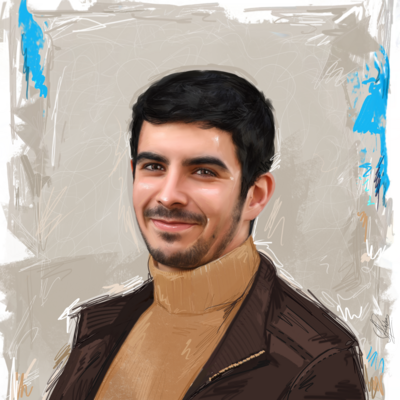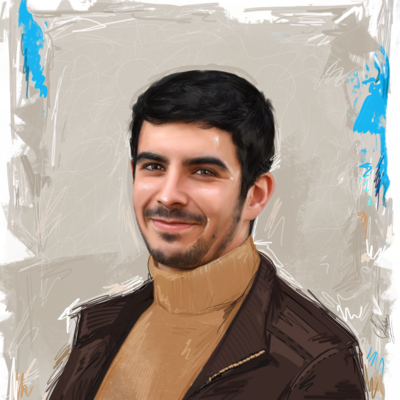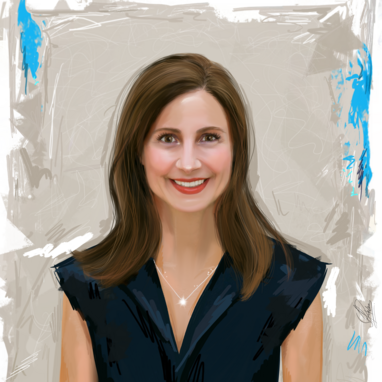Register to continue reading for free
Paula Maestro from AIMPLAS: the ECOFAP project was born to give a useful life to the waste of the footwear industry

We spoke to Paula Maestro, a researcher at AIMPLAS and of the ECOFAP project, which aims to solve the problem of recycling leather offcuts in footwear manufacturing. We talked about the projects’ objective, partnerships and anticipated impact on the sector
Paula Maestro is a researcher at AIMPLAS, part of a consortium with Pikolinos, Evatalking and the Footwear Technology Centre of La Rioja (CTCR), responsible for the ECOFAP project. The project aims to make shoe soles and heels using a new 3D printing material made from tanned leather waste.
Project
"In recent years, the concept of circular economy has begun to be significantly implemented in industrial activities in order to to use resources efficiently, select those with the lowest environmental impact, reduce waste generation and promote its reuse and/or recovery", Maestro shares.
In the footwear industry, rather than sending waste to landfills, which creates financial and logistical burdens for manufacturers, ECOFAP is developing a new material for 3D printing applications. This initiative seeks to give discarded leather a second life, significantly reducing environmental impact and promoting resource efficiency.
The ECOFAP project is a response to the pressing challenge of managing footwear industry waste while promoting the adoption of advanced manufacturing technologies. The development of this new 3D printing material based on recycled natural leather will allow its use "in various components for fashion, textile and footwear", Maestro notes.
Objectives
"Spain produces more than 300,000 tonnes of footwear waste per year, and 95% of it goes to landfills. The Valencian Community produces 65% of the footwear in Spain". The estimated waste from shoe factories for leather trimmings reaches 3,500 tonnes annually.
By discussing the concept of the circular economy, recovering and reusing waste from the footwear sector in the development of new products and consequently reducing the environmental impact of the industry, ECOFAP has two specific results: "reduce the carbon footprint by 50% and recover 100 tonnes/year of leather and fur waste", she shares.
The project focuses on transforming this waste into viable raw material for additive manufacturing, specifically for soles and heels.
Partnerships
"The ECOFAP project has been structured in such a way that all the companies and technology centres of the consortium can contribute their experience and capacity", allowing the work packages to be distributed fairly and consistently.
According to the researcher, "Evatalking has played an important role in the preparation phases of cut leather waste together with Pikolinos. Evatalking has also been present in the development phase of the compounds, validating and scaling up the compounds developed by AIMPLAS".
"The CTCR", – she continues, – "has extensive knowledge in the footwear sector and the necessary human and material resources… Finally, prototypes of footwear components will be printed and characterised to validate their usefulness". The outputs developed in the ECOFAP project will be used directly by Pikolinos and Evatalking.
Customisation
Addictive manufacturing is on an upward trend in the footwear sector, facilitating customisation, speed of prototyping, and cost reduction. However, Maestro asserts that the ECOFAP project differentiates itself by encompassing "the problem of additive eco-manufacturing using the manufacturing waste as part of the material, which is a clear innovation that does not exist to date in the market."
The project has many and clear "advantages in terms of designing and manufacturing customised soles and heels for each customer, adapted to their ergonomics, style and specific needs", Maestro shares. These include the "reduction of initial costs, especially in the early stages of development, and in materials by using optimised and lightweight structures".
This approach holds significant potential across various market segments, including luxury footwear, where customisation is highly valued, and the sports and orthopaedics sectors, where tailored soles can enhance performance and comfort.
Future
The ECOFAP project seeks to introduce advanced technologies to the footwear sector, enabling a more flexible and modular approach to mass production. By fostering innovation, it aims to strengthen the industry's global competitiveness, supporting the development of high-value, differentiated products.
The initiative also focuses on establishing "new reliable production lines and processes so that its customers can have a final product that is adapted to their requirements", Maestro highlights.
Beyond technological advances, ECOFAP "aims to inspire the footwear industry by innovating in the use of recycled materials to manufacture soles and heels using 3D printing FDM", she shares.
"The commitment to recycling, reuse and green is becoming increasingly important in the footwear sector", Maestro asserts. By encouraging manufacturers to adopt greener solutions, the ECOFAP project is contributing to the ongoing shift towards more sustainable production methods in footwear.
Image Credits: Art by Sofia Pádua
Other contents

Maria José Ferreira from CTCP : BioShoes4All aims to position Portugal to lead in the development of sustainable solutions







